Street photography stories
During the mid-20th century, commercial street photographers were a familiar sight on Sydney’s streets, capturing everyday people as they strode by or stopped to pose.
Taken against the vibrant background of the city streets, these photographs captured candid moments in the lives of millions of people, from uniformed servicemen and women to postwar migrants exploring their new city and young couples out for a day in town.
Our past exhibition explored the heyday of this once popular but now forgotten genre of photography.
Published on
Browse the stories
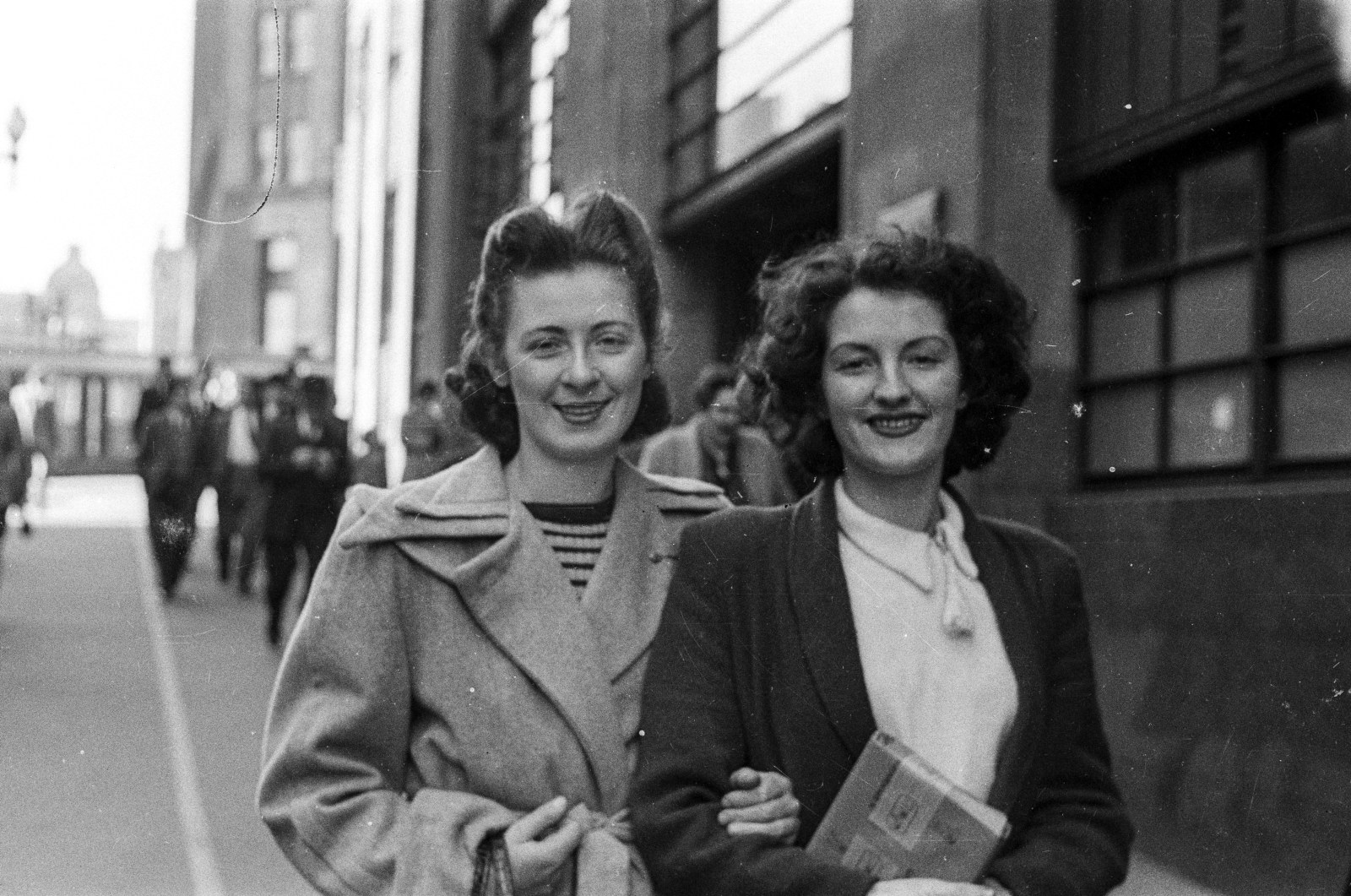
Ikon Studio: photo galleries
Browse a selection of images from the Ikon Studio collection shot between May and December 1950 in Martin Place, Sydney
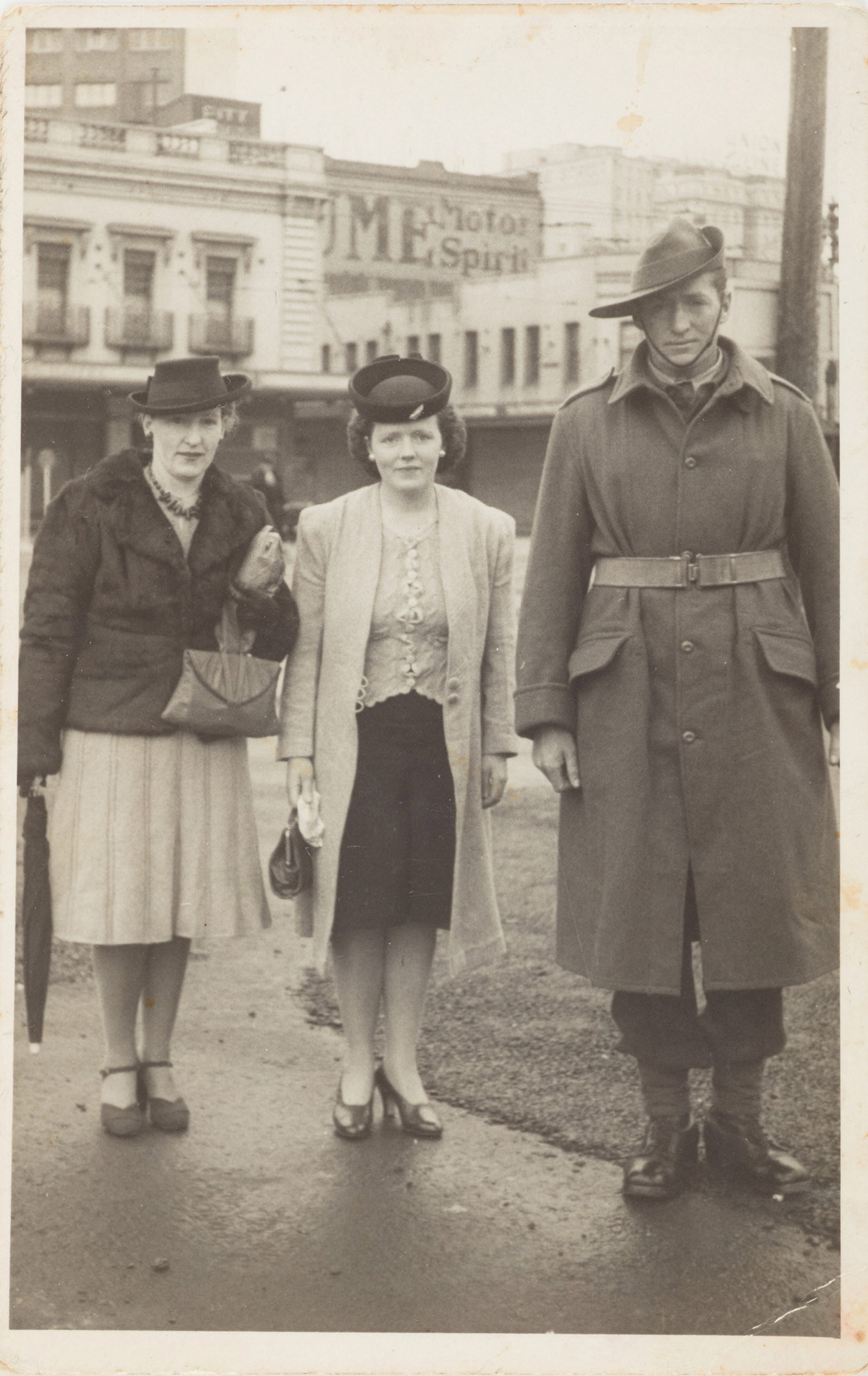
City of a million faces
The passing of years has given many street photographs greater significance than may have been anticipated when they were taken
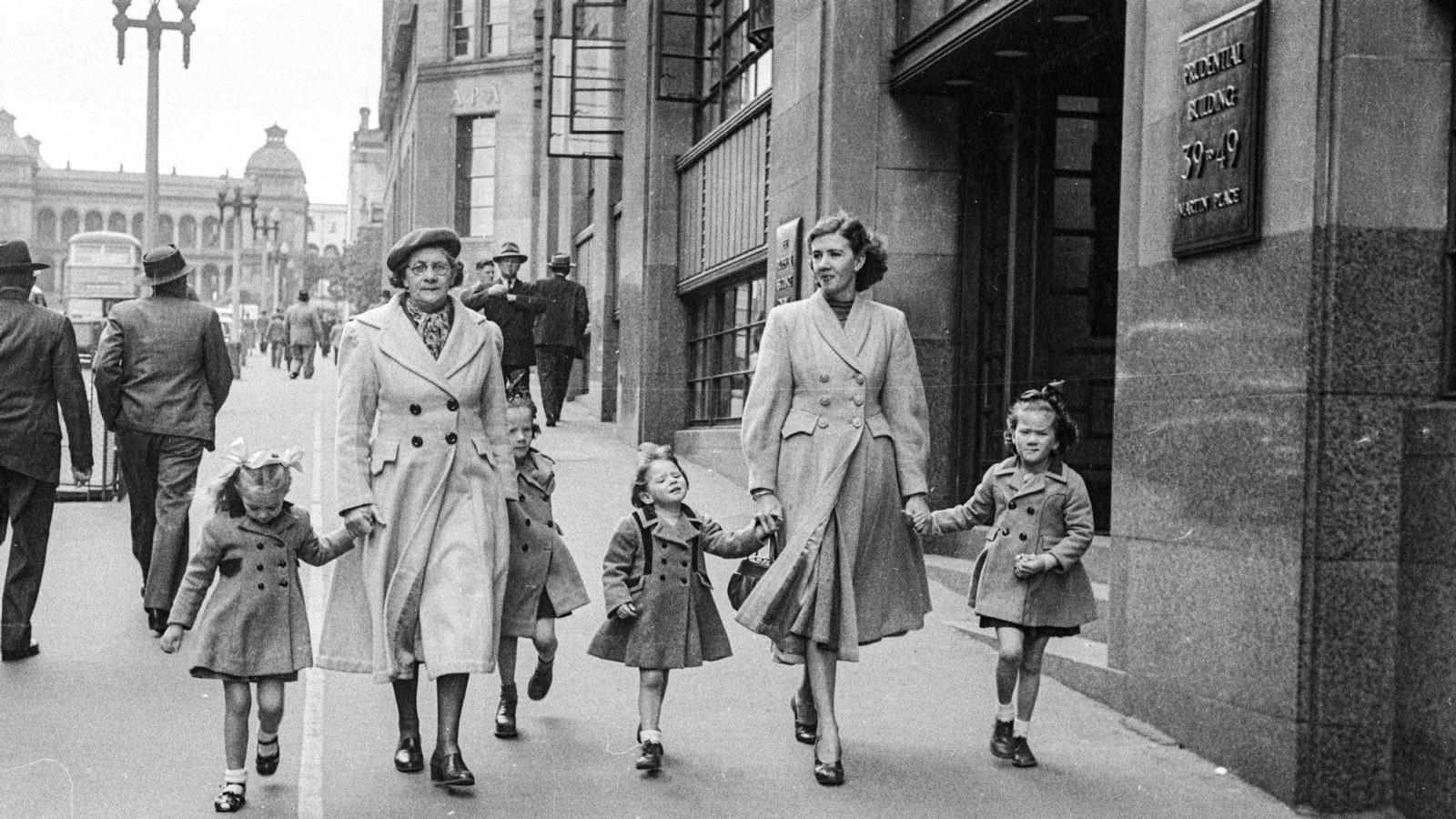
Ikon Studio
During the public call out for our Street Photography exhibition an extraordinarily rare collection of street photography negatives came to light. The Ikon Studio negatives provide a fascinating visual narrative of the street photographer at work
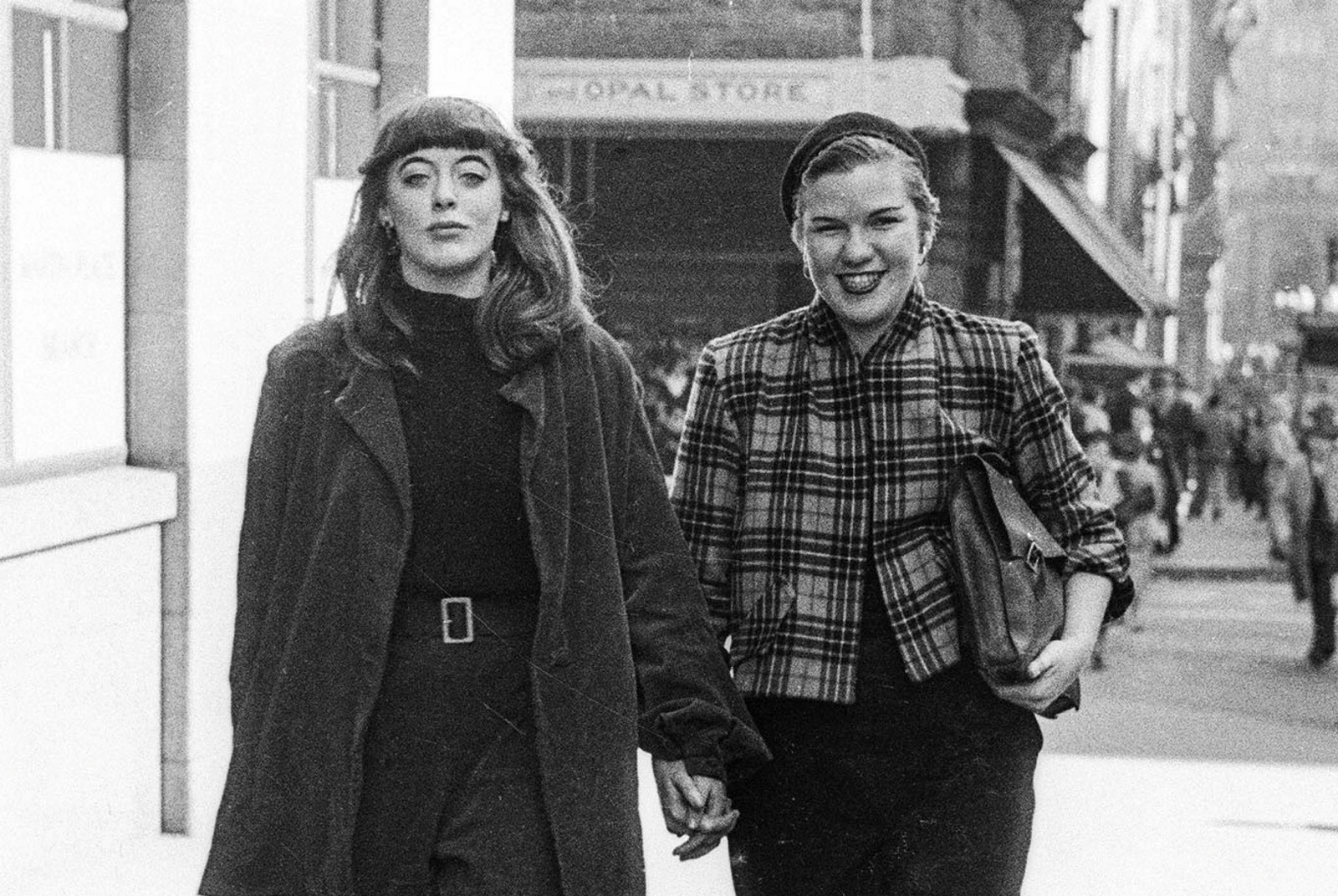
Vali Myers: teenage Ikon in street photograph
Two young women stride confidently, hand in hand, up Sydney’s Martin Place on a sunny winter’s day in 1950

The street snapshot craze
Picture this: you and a friend are walking down a city footpath amid the lunchtime crowd. Suddenly a smiling man in a suit and tie with camera in hand steps forward and offers you a card. It reads: Your photograph has just been taken

Matching snapshots
The names and stories behind street photographs are often lost with the passing of time, and we were unable to identify many of the people whose images are featured in the Street Photography exhibition. However, we’ve since learnt the moving story behind one image, of two curly-haired children
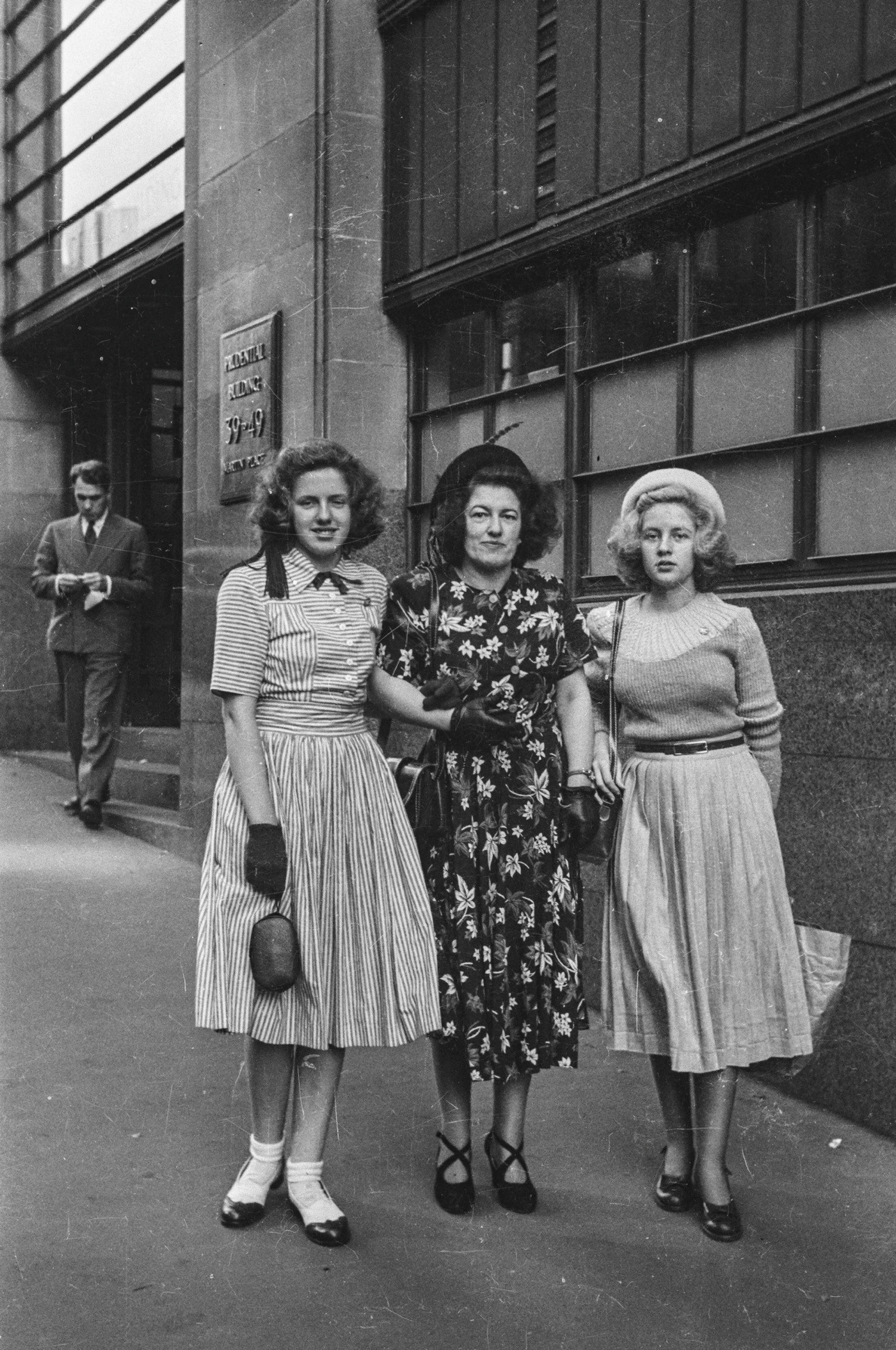
Family photo reunion
Imagine visiting an exhibition and discovering a photograph of yourself and your family that you had never seen before
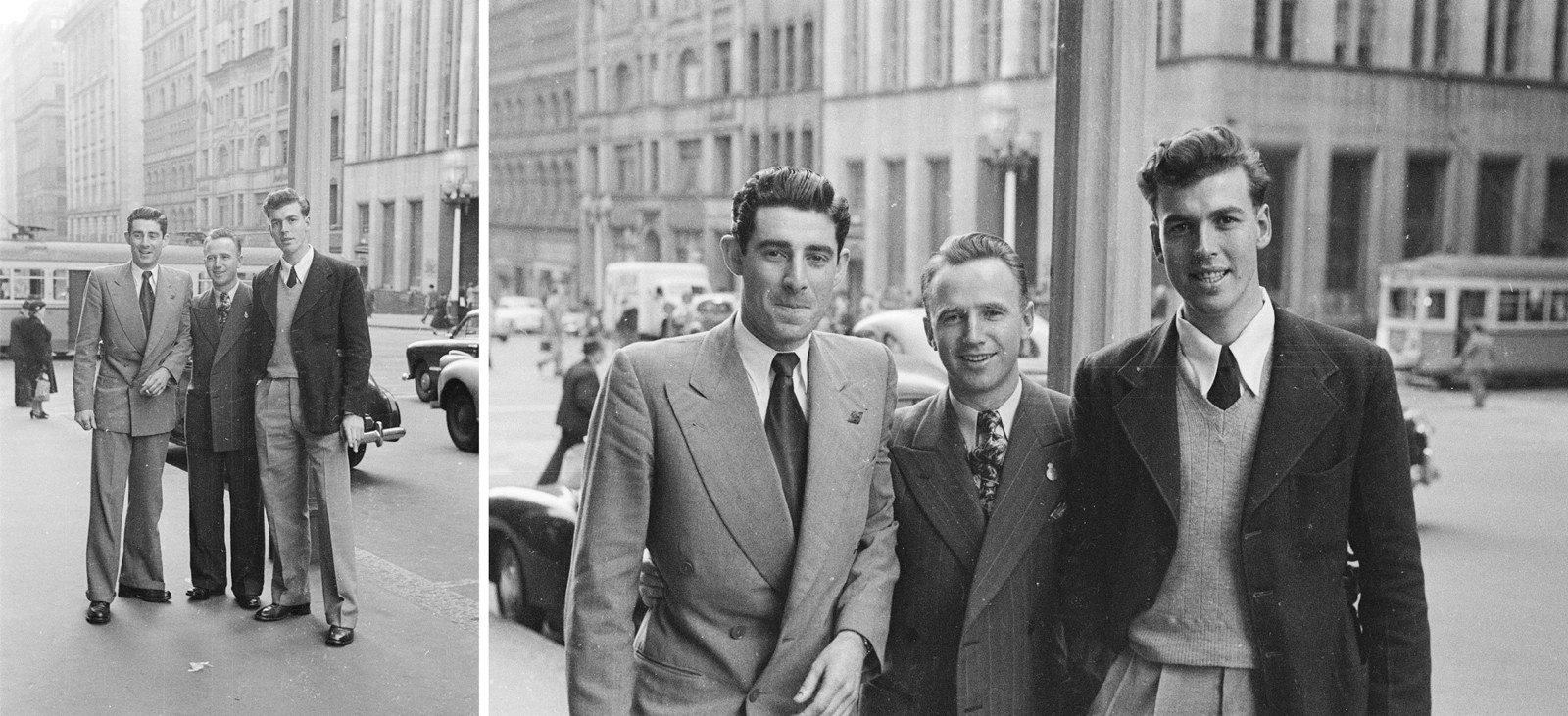
Snapped! The Ikon Studio street photographer at work
A remarkable acquisition of 5000 street snaps provides a lively and revealing record of one Sydney street in 1950 and offers a rare glimpse through the street photographer’s lens

A popular nuisance – controlling the street photographers
By the mid-1930s the street photography ‘craze’ saw increasing numbers of photographers on Sydney’s streets – all competing for the best locations and the most promising marks
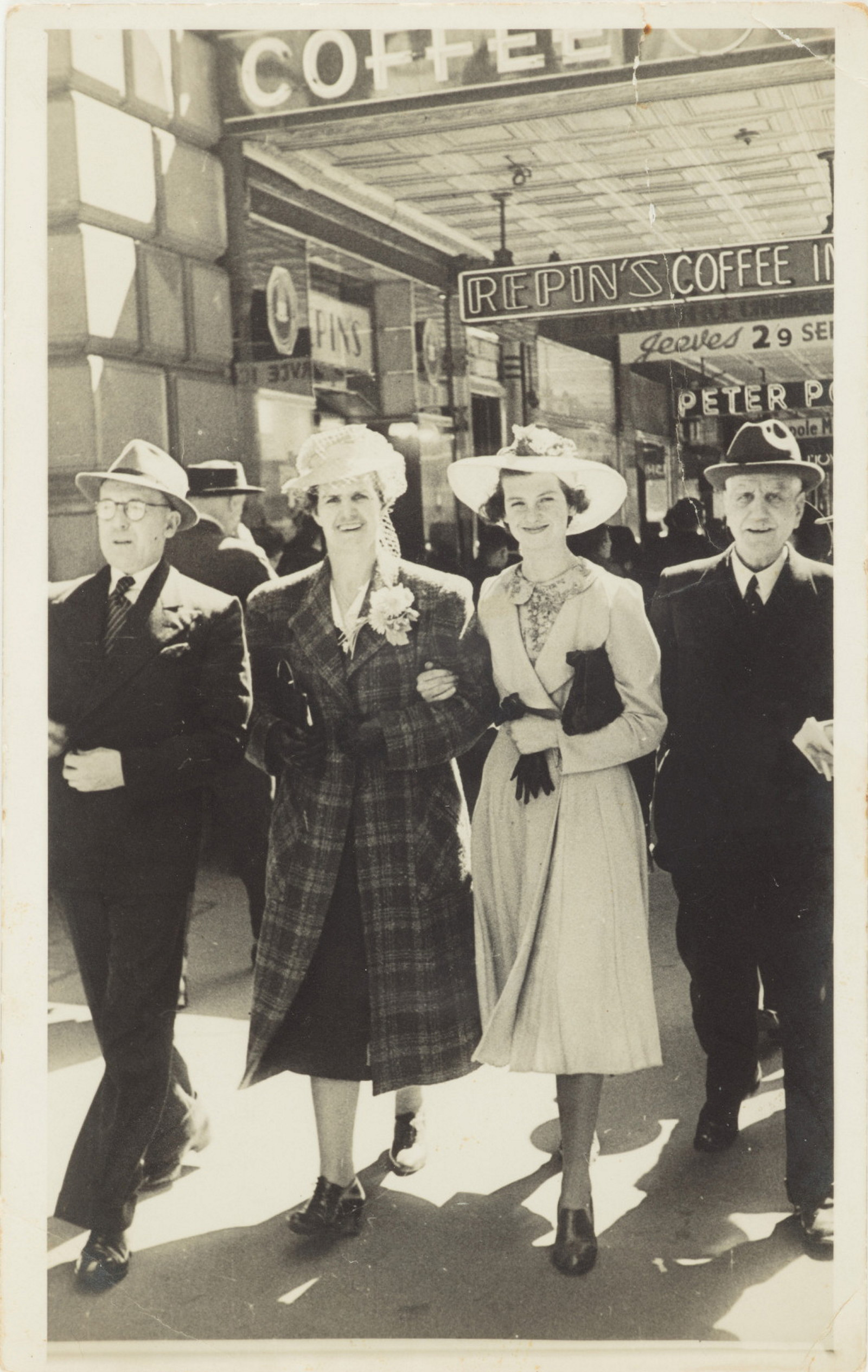
Signs of the times
In the background of many street photos are glimpses of Sydney’s architecture, from still-recognisable locations to popular landmarks of the day
Photo collections
Browse all
House photo albums
These specially produced photograph albums (some in published form and others consisting of photographs pasted into an album) comprise images of one or more domestic dwellings and depict exteriors, interiors and gardens in NSW mostly from the late 19th to the early 20th centuries

Richard Stringer’s architectural photographs, 1968–2003
This portfolio contains 55 photo prints taken by architectural photographer Richard Stringer, dating from 1968 to 2003, documenting significant Australian domestic buildings

Barry Wollaston: historic buildings in the county of Cumberland (NSW), 1954
This collection consists of 232 photo negatives by architect and photographer Barry Wollaston of buildings in the Sydney region considered by the Royal Australian Institute of Architects in the early 1950s to be of architectural and historical value

A pictorial guide to identifying Australian architecture – photo collection
This collection of over 700 black and white photo prints was used to illustrate the book 'A pictorial guide to identifying Australian architecture' by Richard Apperly, Robert Irving and Peter Reynolds, first published in Sydney in 1989

Electricity Commission
These photos record the power generation and transmission assets of the organisation and document the working conditions and social events of its employees
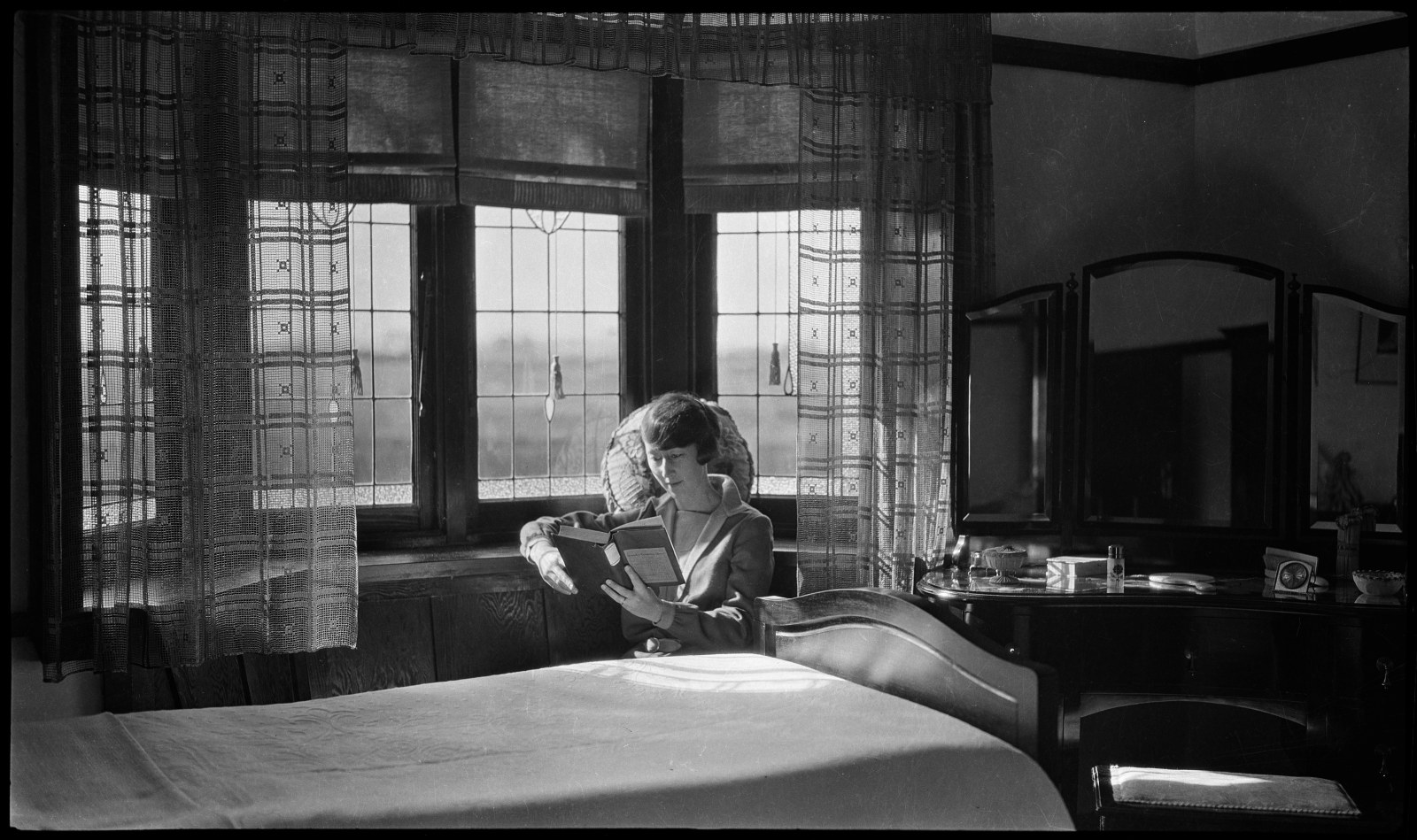
Alan Spearman Evans Collection
The Alan Spearman Evans Collection comprises over 2000 photographic images of houses, house interiors, garden landscapes and industrial workplaces in NSW
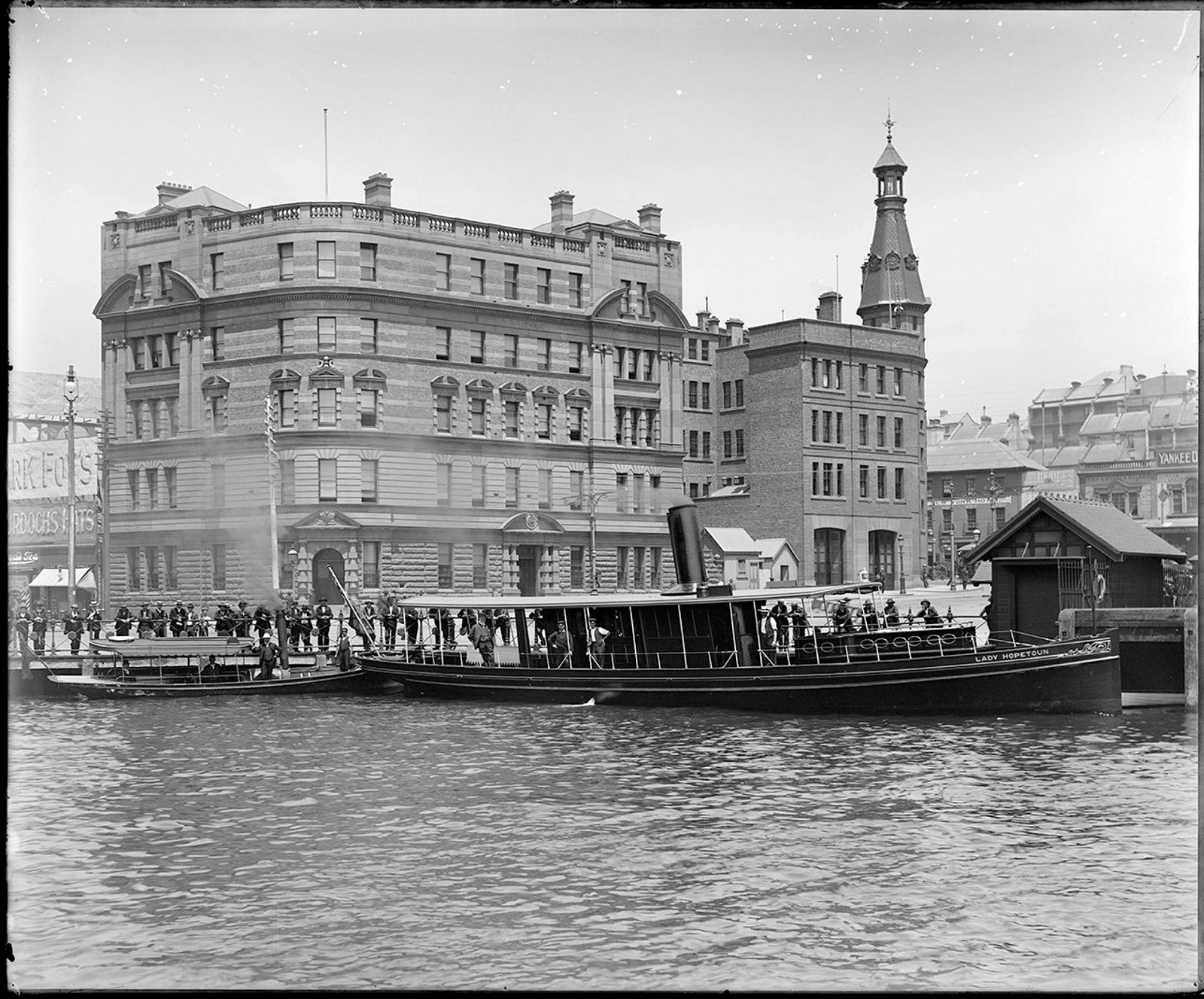
Maritime Services Board
A sample of the 4000+ digitised glass plate negatives from the Maritime Services Board

Ikon Studio
During the public call out for our Street Photography exhibition an extraordinarily rare collection of street photography negatives came to light. The Ikon Studio negatives provide a fascinating visual narrative of the street photographer at work

Documenting NSW Homes
Recorded for the future: documenting NSW homes
The Caroline Simpson Library has photographically recorded homes since 1989

Government Printing Office Glass Negatives
From the late 19th century into the 20th century, photography played a significant role at the Government Printing Office, leading to a rich and varied collection of images depicting life in New South Wales